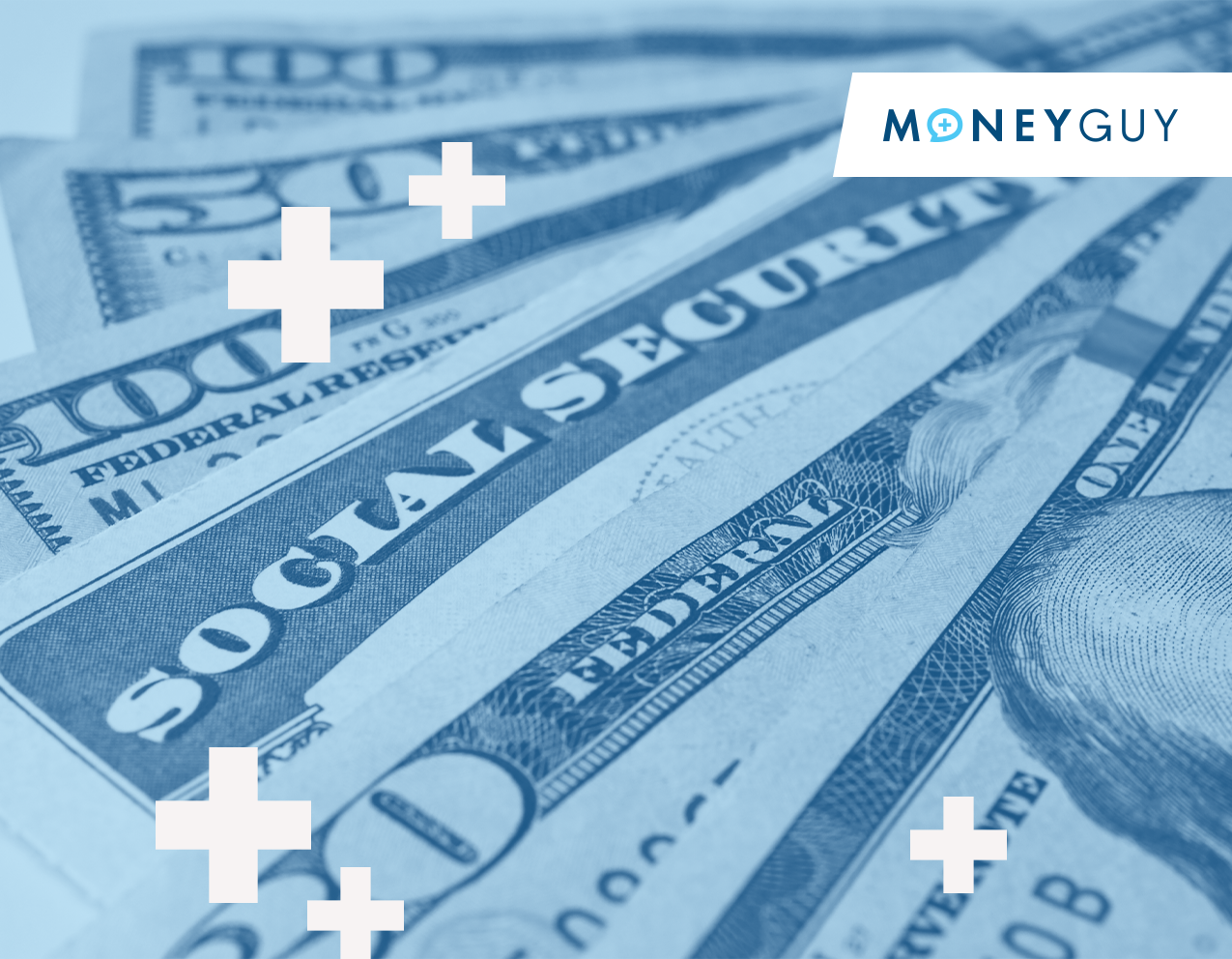I have my first down payment in ETFs in a taxable brokerage. I plan to buy in the next 3 years. How quickly should I sell it off and move it to cash? Lump sum all at once or on a regularly regular monthly basis? Now, this is a really interesting question, Brian. It's one I feel like we get a lot. The answer I would say is, if you could just tell me exactly what the market's going to do in the next 3 years, I can give you the optimal strategy, no doubt about it. Because obviously, if the market goes up, you'd want to leave that money invested for as long as possible to maximize the value of those dollars. However, if the market goes down, and it cuts the other way, and you start to see it decline, what happens when you get to the point where you don't have enough for the down payment, or your monthly payment is larger than expected? For someone in Dylan's situation, Brian, 3 years out, with a fully invested portfolio, what's the best way for him to think about freeing up that capital over 36 months to make the down payment?
Dylan, I'll go ahead and lay it out there for you. If you're certain about making this purchase within three years, we can't predict if the market will lose 15% next month or gain 15% over the next 3 months. No one has any clue about that. But what I do know is that we've recently gone through a recovery, and making a short-term decision now with assets designed for a long-term outlook – around 5 to 7 years at least – breaks that threshold. In my view, you should liquidate and turn it to cash. That's step one. Step two is putting that cash into something that will earn you money. You can earn close to 5% on your cash reserves. Convert it to liquid cash and then immediately find a money market. Vanguard, Fidelity Investments, and even Charles Schwab offer money markets with nearly 5% returns, invested in stable options like treasuries. Get your money in there so you have it for the home purchase. Otherwise, you might regret your timing decision if your portfolio drops 15% and you miss out on your home purchase.
Brian, you disagree? I wouldn't say I disagree; "disagree" is too strong. I'll tell you what I like about your strategy. Right now, cash is paying 4.5% to 5%, so that's a great place to rest. This is where, Dylan, I'd like to know more about your situation – where's your emergency reserve, and how much cash do you have on hand? I thought for sure you'd mention reverse dollar-cost averaging. I thought you'd suggest a strategy where we acknowledge the market's improvement since last year. We haven't completely recovered from last year's losses, so we're still below where the market was in January of 2022. Perhaps we do some calculations – though these are more art than science. If you need $60,000 for a down payment (I'm making up a number), maybe you free up half of that now to start earning 5% on it. Over 36 months, you could figure out a plan for reverse dollar-cost averaging if the market is likely to continue rising. Do you think that's too aggressive? Would you advise against it?
I'll play devil's advocate with you. I think if you took your situation and did an A/B analysis, and if you found that reverse dollar-cost averaging is feasible, you could make a strong case. For instance, if reverse dollar-cost averaging resulted in a 12% gain a year from now, the difference between what you can earn on cash (5%) and the potential gain could be 7%. However, the downside is that if you experience a loss of 12% or more, you're not mitigating that risk. It's not as if anything reduces that risk. You need to assess your risk tolerance and capacity. Your potential upside is making 7% more, while the potential downside is a 12% loss or greater. How does that make you feel on an A/B analysis? Consider this spread to make your decision. Also, in terms of risk capacity, if you don't have the time to recover from a potential loss, this could impact your ability to afford the home you're considering. It's a delicate balance between risk and reward that you'll need to weigh carefully. For more information, check out our
free resources.














